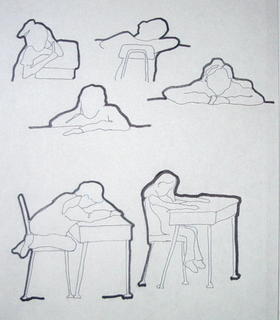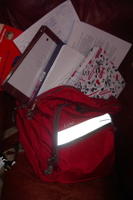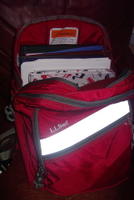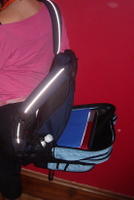
Are the desks all the same size in your classroom? If so, look at your students. Have you ever seen such a variety of body shapes and sizes? When it comes to desks and chairs, one size does not fit all!
The chair and desk are the most used items in the classroom. Just think of the amount of time a student spends at his/her desk. A little time spent now making adjustments will have big pay offs in attention, written output and overall endurance.
Look at your students during any desktop task. Are they sitting on their legs, in order to raise their bodies up? Are their elbows out to the sides with their heads resting on the desktops? Are their shoulders hiked up as they write?
Chances are that their desks are too high or their chairs are too big. How do you know what is "just right" if you are not Goldilocks?
Start with the chair. Feet should be flat on the floor with hips and knees at 90 degree angles. If feet do not rest firmly on the floor, 100% of the student's body weight is supported by a 4 square inch area! Students should be able to sit with their back touching the back of the chair (be careful of seats that are too deep).
Once you have the correct chair, check the desk height. Many students have their arms in a wing position out to the side. Too high! The desk top should be 1-2 inches higher that the bent elbow.

To make adjustments to most Hosmer desks, you only need a large phillips head screw driver (one screw on each desk leg). Hint...It is a great wrist/hand strengthening activity for the student!
Check out our new link, Ergonomics for Home and School for an informative article "Everything You Should Know About Ergonomics and Youths, But Were Afraid to Ask." Scroll down to the sections on school workspace and school computer workstations. Families might be interested in sections on homework space, home computer workstations, television and video games, fitness, sports and performing arts.



